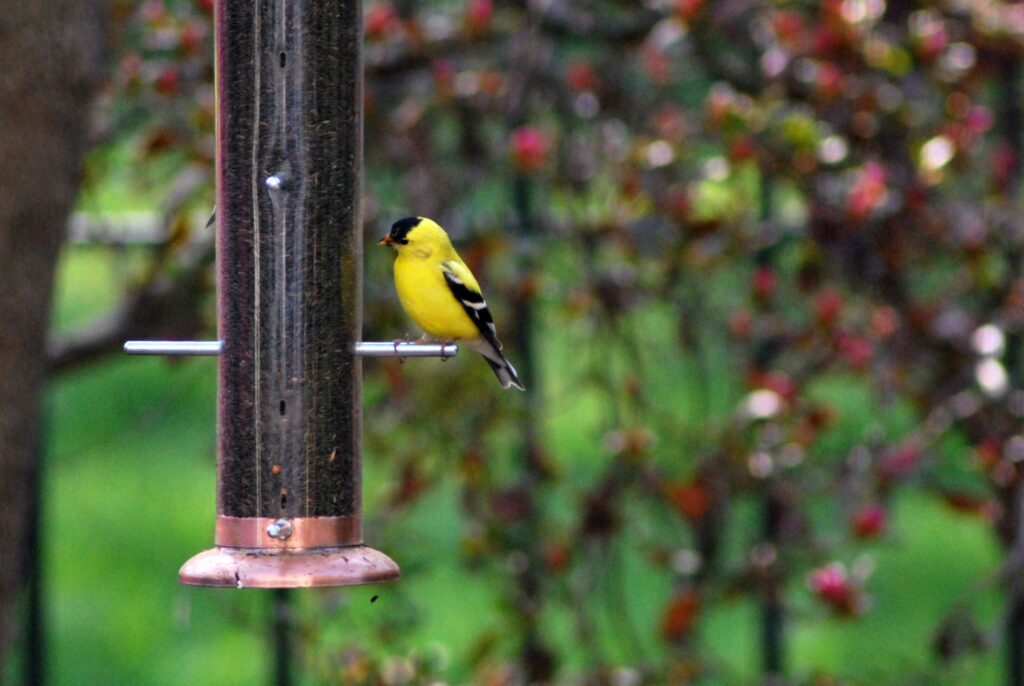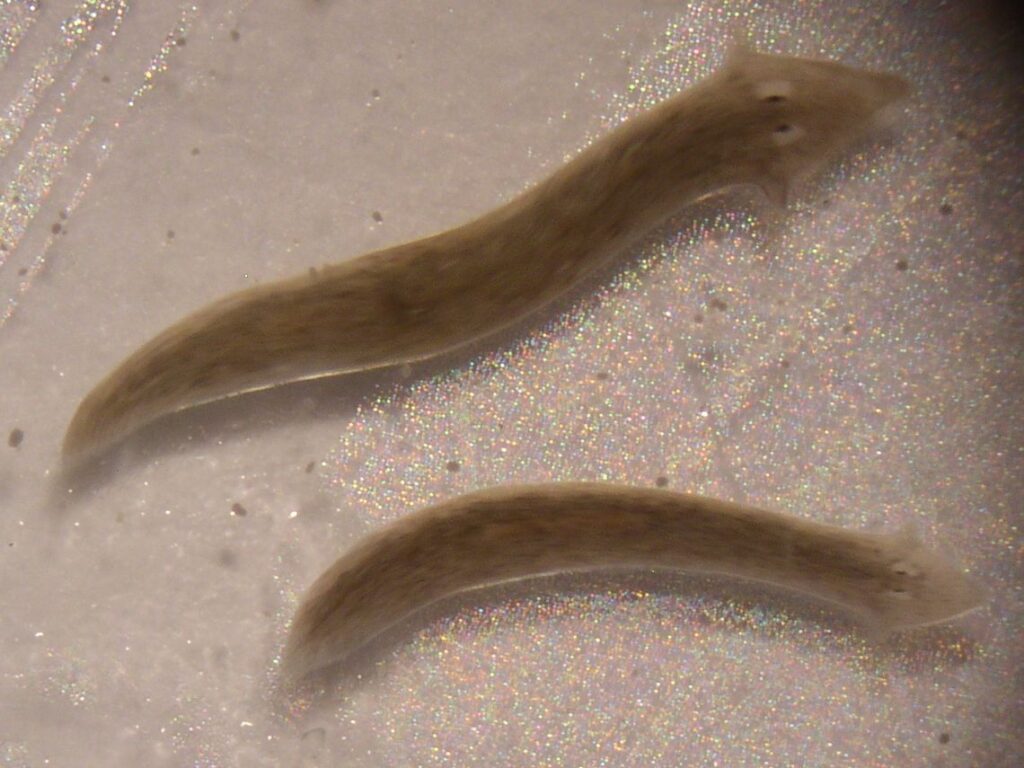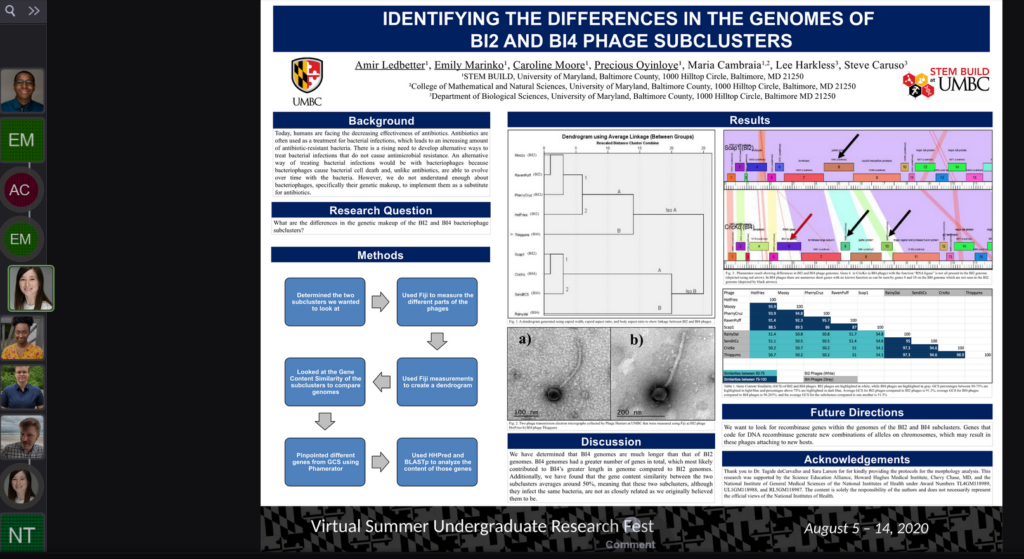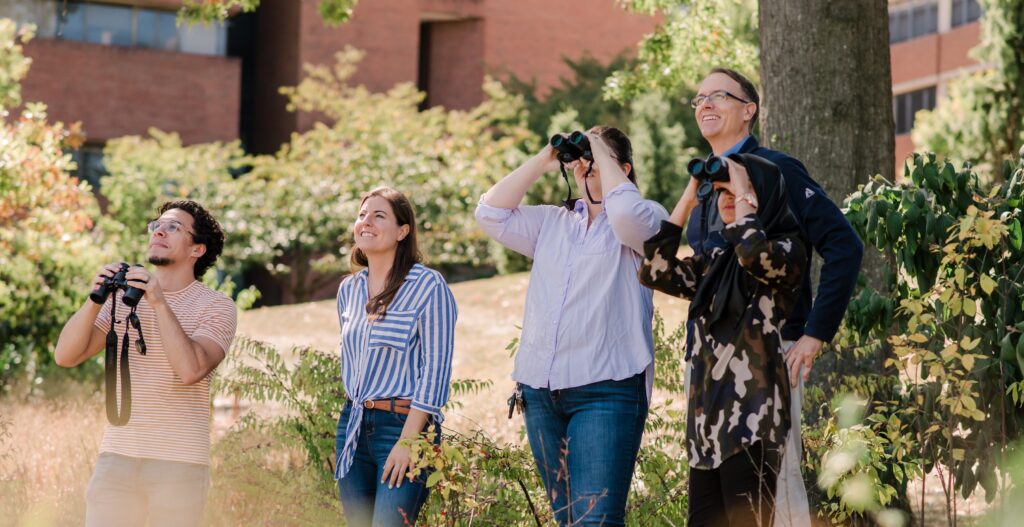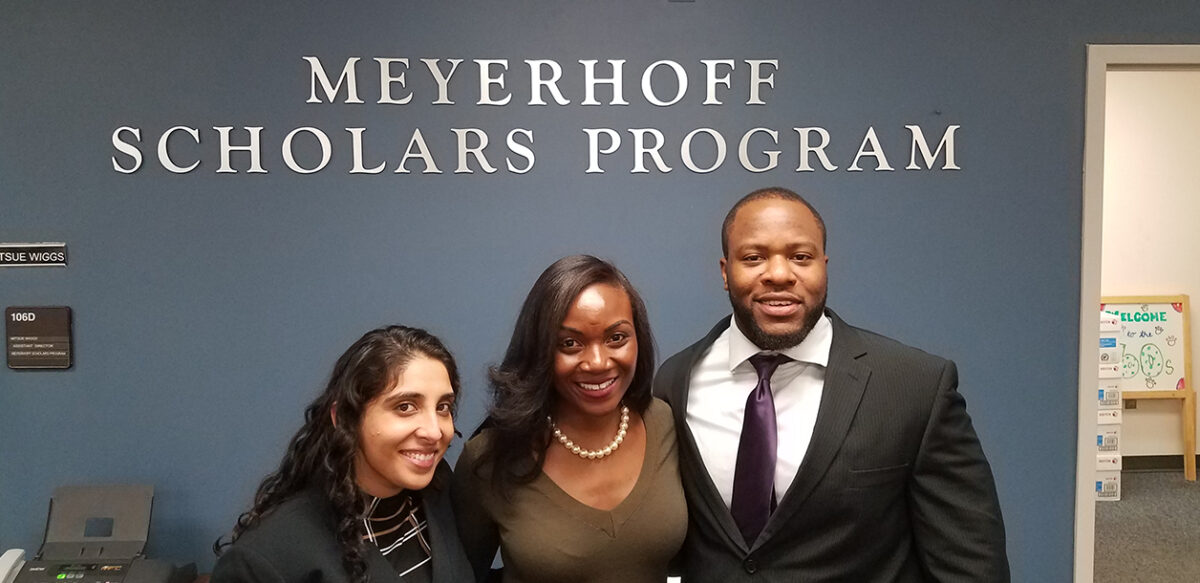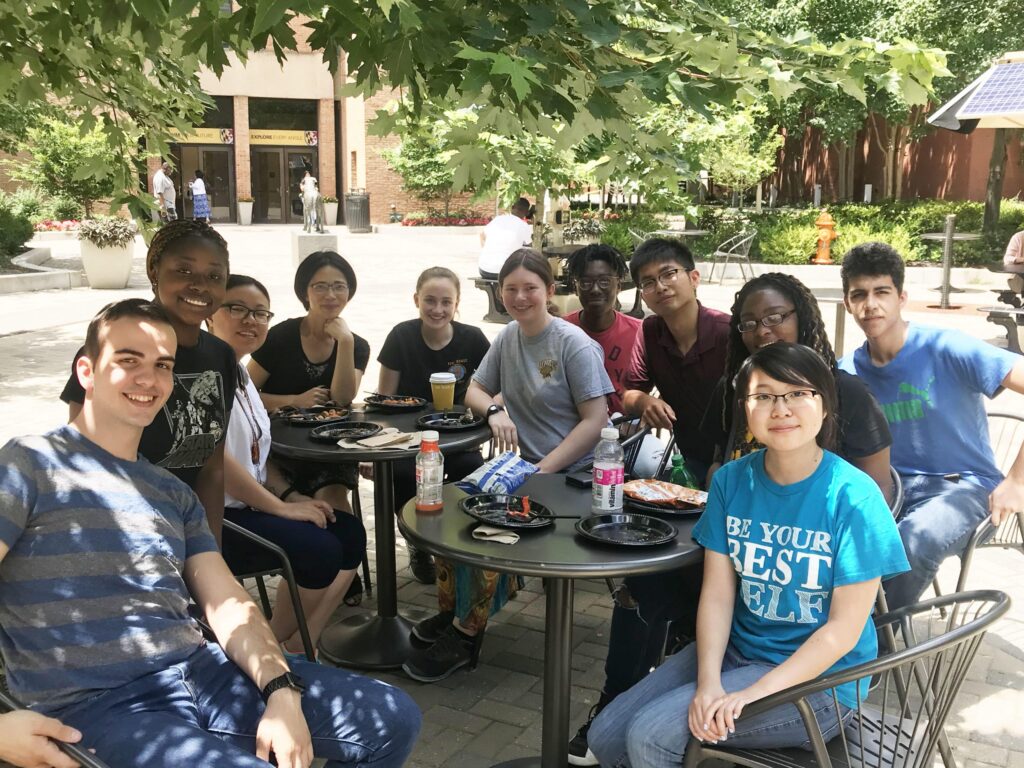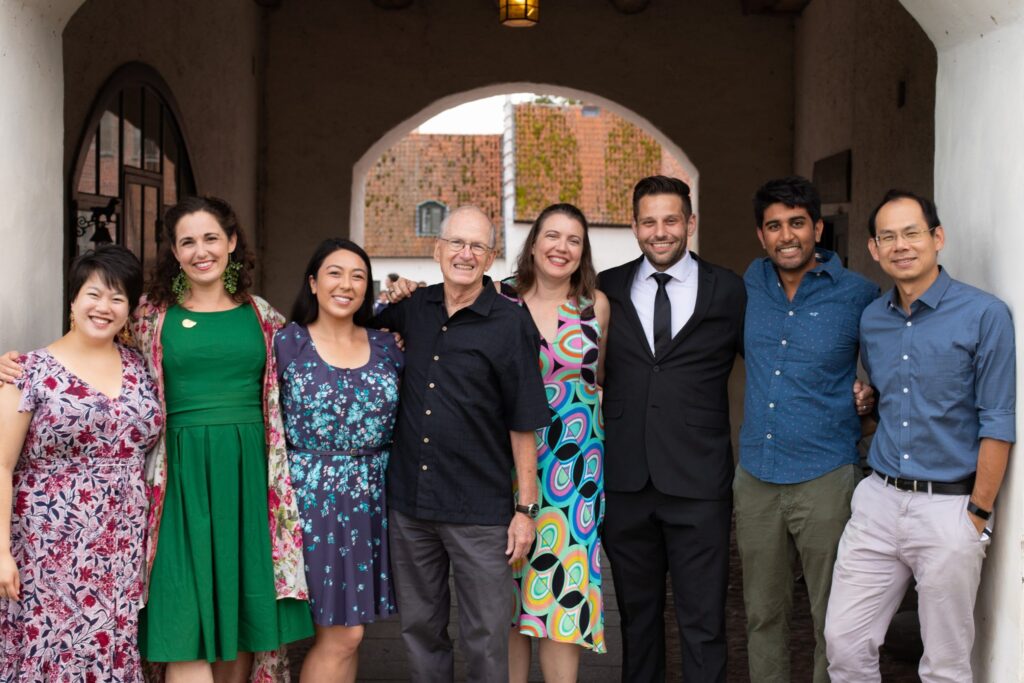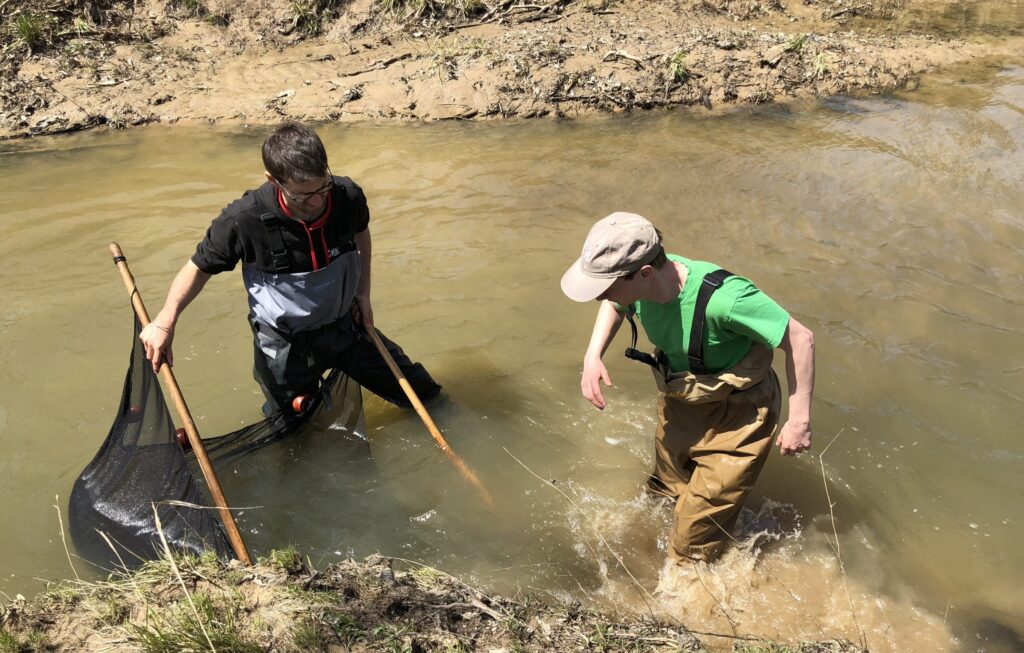UMBC international students build community online during COVID-19
“The mission of the Ambassador Program is to ensure you feel connected with your peers as soon as you become a part of the UMBC community,” says Natalie Lobb. “It’s important to know that you are never alone, that you always have someone you can lean on.” Continue Reading UMBC international students build community online during COVID-19




